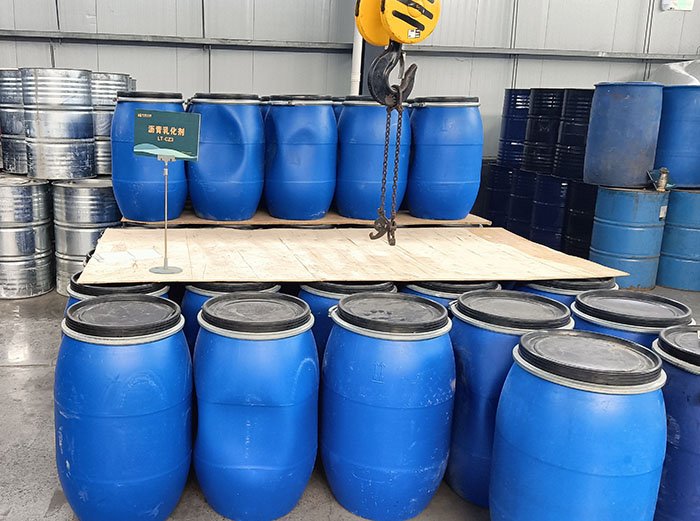During the use of asphalt emulsifier, adjusting the pH value (which usually requires adjusting the acid) is a key step to ensure the emulsification effect and the stability of lotion. The core reasons and technical logic are as follows:
1、 Root cause: The chemical properties of emulsifiers determine
1. Ionic type adaptability
Cationic emulsifiers (such as quaternary ammonium salts): need to be in an acidic environment (pH 2-5) to fully ionize positively charged active groups and effectively adsorb on the surface of negatively charged asphalt particles.
Anionic emulsifiers (such as sulfates): They are usually stable under weak alkalinity (pH 8-10), but if the water quality is alkaline (such as pH>11), acid neutralization is required to avoid excessive saponification.
2. Molecular structure activation
Acidic conditions can promote the combination of hydrophobic groups (such as long-chain alkyl groups) in emulsifier molecules with asphalt, while hydrophilic groups (such as - NH ∨+) extend to the aqueous phase, forming a stable interfacial facial mask.
2、 The specific function of acid regulation
1. Improve emulsification efficiency
Acid environment (pH 3-5) can make the ζ potential of asphalt surface turn to positive, combine with cationic emulsifier quickly, reduce the interfacial tension (up to ≤ 10 mN/m), and make lotion particle size more uniform (generally 1-5 μ m).
2. Extend storage stability
When pH<5, H+in the aqueous phase inhibits the hydrolysis of emulsifier and prevents lotion from layering (asphalt may be separated from lotion without acid regulation within 24 hours, and it can be stored stably for more than 30 days after acid regulation).
3. Control the demulsification speed
Under acidic conditions (pH 4-6), the demulsification rate is moderate; If pH>7, cationic lotion will flash due to too fast charge neutralization (such as demulsification within 5 minutes after spraying).


